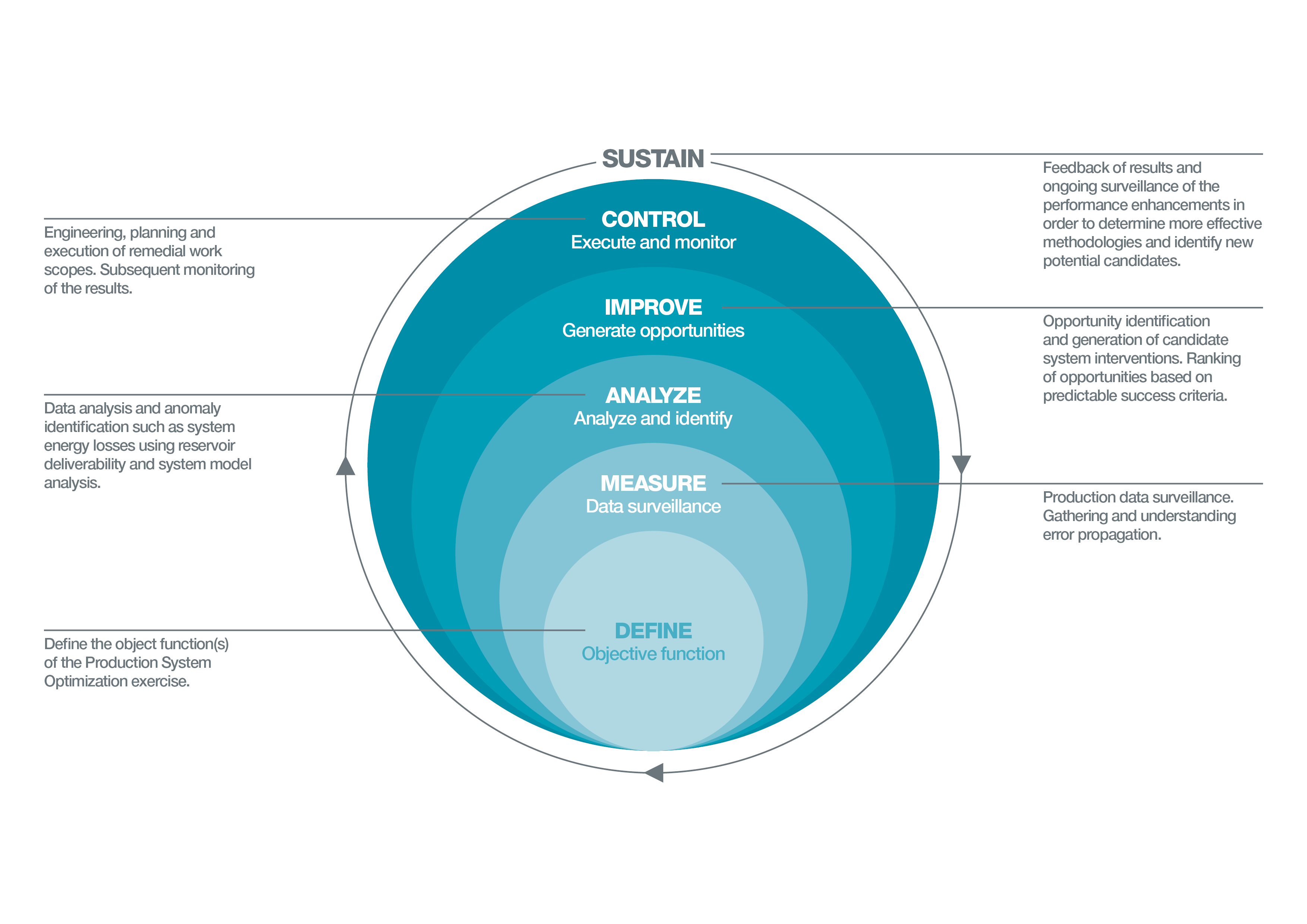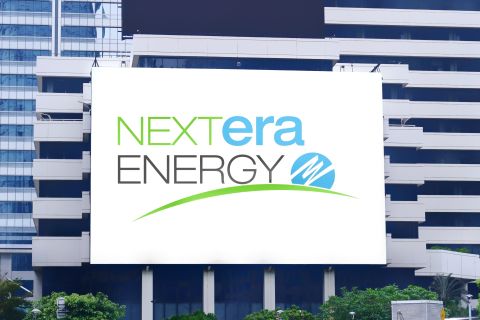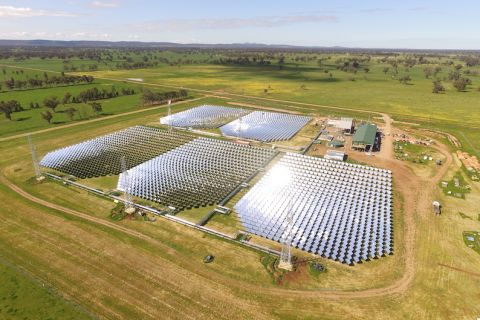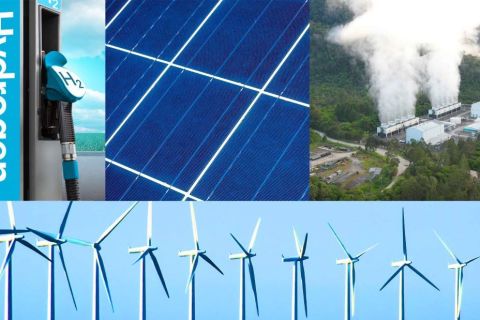
In a low oil price environment, the industry is shifting its priorities from major capital projects to refocus on maximizing the value from operating existing conventional oil and gas assets.
As a consequence of reservoir depletion, oil and gas production characteristics change during the life of a well or field. In most cases these changes cannot be efficiently accommodated by the original production system design or infrastructure, and consequently intervention is required to overcome system limitations or constraints. This renaissance of good stewardship is producing new frameworks and processes to ensure that assets are continually examined to identify and exploit optimization opportunities.
These opportunities need to be planned and implemented efficiently to realize accelerated and enhanced production gains. Technology and innovation play significant roles in enabling this together with an intimate knowledge of potential solutions. A complete systems approach is important to address all aspects of the production optimization exercise from the reservoir to the process and pipeline network.
Framing the challenge
In many optimization exercises the main data requirements are generally centered on the collection of pressure, temperature and flow information along key points of the production conduit and ancillary processes. These datasets are further enhanced by the collection of information associated with the well fluids, such as compositional information or data concerning well integrity. If artificial lift is the focus of the exercise, parameters associated with the artificial lift method are crucial. The data and information requirement is an integral part of the define phase.
To create clear value from this information, production surveillance is the first step in the measurement phase and is a precursor to analyze, improve and control. This surveillance might take into consideration the data collected from the reservoir, wells and process plant together with recognition of any system constraints, anomalies and behaviors.
Expro recently demonstrated this approach by aligning several product lines during an optimization project on the Marathon-operated East Brae platform in the U.K. North Sea, providing wellhead surveillance in combination with reservoir production logging to deliver production gains.
The mature gas condensate field was in production blow-down phase; the operator was repurposing the test separator as a low-pressure production separator. Expro’s clamp-on sonar meters were retrofitted to provide routine production well test data from high-pressure core wells. A campaign of production logging afforded an insight into the subsurface production profile and holdup issues in the wellbore to further characterize individual well performance.
Clamp-on sonar meters were applied to the commingled low-pressure wells, providing an insight into individual well unloading. This allowed the operator to optimize well cycling through the repurposed test/production separator. Marathon has subsequently applied this approach to a further platform in West Africa.
Analyze, maximize efficiency
Asset management efforts that are focused on maximizing efficiency and economic value, together with optimum recovery of hydrocarbon reserves, require an accurate and reliable set of tools to predict the effects of operational decisions on the performance of the reservoir, wells, surface gathering network and processing facility.
The ability to accurately predict the impact of various system interventions and control set point changes is critical to successful field operations and management. The consequences of interventions upon an existing hydrocarbon production system and process must be continuously analyzed. Without the ability to provide simulated forecasts, decision-making is largely based upon historical data heuristics or in reaction to current asset operating conditions, and achieving a solution is conservative at best.
To improve asset management decisions and forecasts as part of a sustained production system optimization initiative, companies are looking toward integrated asset surveillance, analysis, and modeling services and software. Predictions and forecasts are based on an integrated approach to the reservoir, wells and surface production systems, which incorporate the interdependencies of the reservoir and production process.

Implementing improvements
Successful production optimization techniques will combine the knowledge taken during measurement and analysis to engineer and deploy solutions that optimize the system as a whole.
However, rather than fully reengineering existing facilities to accommodate changes in production, operators and service companies are developing modular and portable application-specific process solutions that align with and enhance existing facilities.
This might include a range of facility upgrades including bulk water removal systems, where high water cuts associated with brownfield developments often exceed 90% of produced liquids and need to be efficiently managed. Operators also might look toward enhancement systems, including water injection to maintain or increase reservoir pressure, produced water reinjection to reduce the burden of increased water cut on a production facility or gas injection systems to provide artificial lift. Alternatively, well unloading units can be used to extend the life of wells that have pressures lower than the production system or pipeline, allowing idle wells to produce and lazy wells to be unloaded at low pressure.
In a project for Chevron in the Gulf of Thailand, Expro combined two methods to deliver significant incremental production from previously shut-in and depleted wells. This low-cost system optimized oil production by allowing wells to be subject to a very low backpressure surface while being simultaneously gaslifted, using otherwise vented hydrocarbon gas. The system incorporated a three-phase separator and surge tank to separate fl uids from the production stream, with an inlet pressure as low as 30 psi. Liquids were pumped back into the production pipeline at system pressure while the gas was captured in a three-stage reciprocating compressor. Compressed to about 1,100 psi, it was then directed to a gas lift manifold that distributed the gas to multiple wells for gas lifting.
The important aspect of this system is its mobility. Its modular design allowed a full rigup or rigdown in a single 12-hr shift offshore using standard platform cranes. The package footprint was small enough to be deployed on satellite jackets while allowing simultaneous operations to be performed on adjacent wells.
After 2.5 years of operation, the unit added more than 900 Mbbl of recovered oil at 97% uptime. In addition, the system prevented the release of more than 42.4 MMcm (1.5 Bcf) of associated gas that would otherwise have been vented to atmosphere and utilized it for gas lifting.
Continuing a sustainable approach
The complete systems approach emphasizes the need for all aspects of the production conduit to be addressed, forming a continuous improvement process.
Historically, the industry has been guilty of undertaking these initiatives cyclically in line with the oil price. However, parameters change, inefficiencies grow and the value of a sustainable approach becomes more important as systems degrade.
The feedback of results and ongoing surveillance of the performance enhancements is key when determining a more effective methodology and/or identifying new potential candidates. This, in turn, sustains the cycle until all options are exhausted.
The low oil price environment has dictated a shift in focus toward a stronger production optimization strategy. In the longer term, however, the benefits of having this approach, independent of oil price, will ensure the potential from assets is truly maximized before moving into the abandonment process.
References available.
For more information, contact Jennifer Presley, E&P's senior editor of production technologies, at jpresley@hartenergy.com.
Recommended Reading
NextEra Energy Dials Up Solar as Power Demand Grows
2024-04-23 - NextEra’s renewable energy arm added about 2,765 megawatts to its backlog in first-quarter 2024, marking its second-best quarter for renewables — and the best for solar and storage origination.
Could Concentrated Solar Power Be an Energy Storage Gamechanger?
2024-03-27 - Vast Energy CEO Craig Wood shares insight on concentrated solar power and its role in energy storage and green fuels.
Energy Transition in Motion (Week of March 1, 2024)
2024-03-01 - Here is a look at some of this week’s renewable energy news, including Chevron’s plans for a solar-to-hydrogen facility in California.
CERAWeek: NextEra CEO: Growing Power Demand Opportunity for Renewables
2024-03-19 - Natural gas still has a role to play, according to NextEra Energy CEO John Ketchum.
Energy Transition in Motion (Week of March 8, 2024)
2024-03-08 - Here is a look at some of this week’s renewable energy news, including a record-setting 2023 for U.S. solar.




